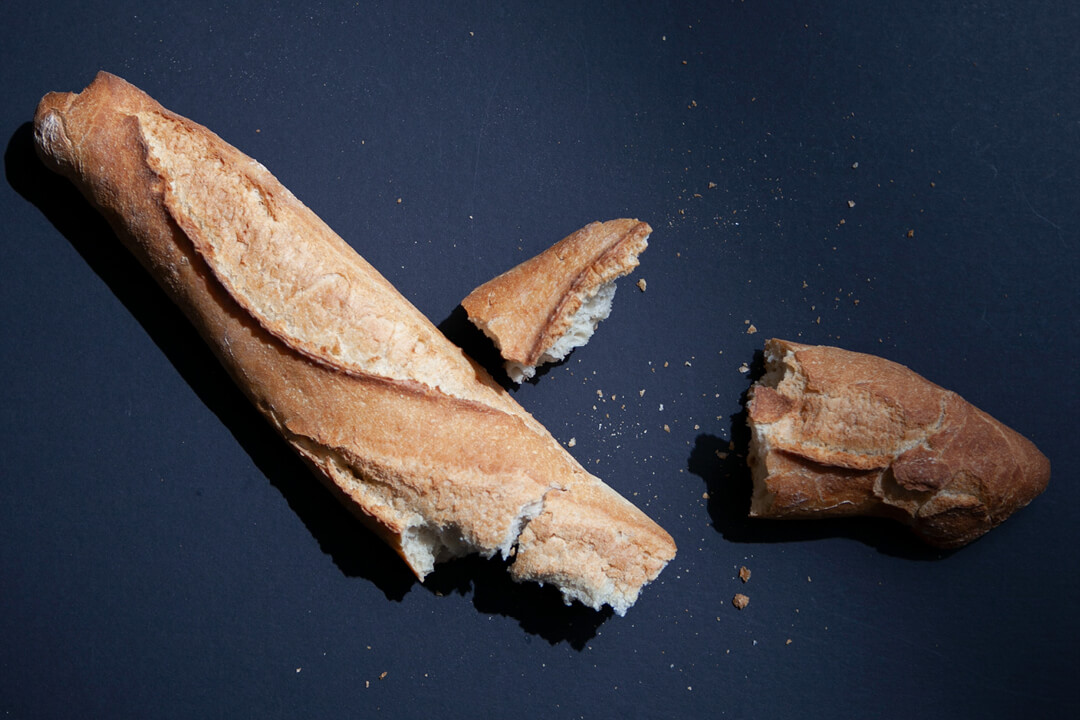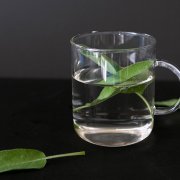The good reputation of butter unfortunately melts in the spotlight
Butter is tempting. Especially in the cold season, when butter cookies and butter stollen are tempting. However, the good image of butter melts on closer inspection.
Stress-free Christmas time
After all the lovely meals during Advent, there should only be four things on the table on Christmas Day: Bread, cheese and butter, accompanied by a nice Bordeaux.
The logistics seemed simple. Because as much as we love our tried-and-tested owner-managed specialist stores, standing shivering in long queues before the holidays is not one of our favorite things to do.
While we were looking for nice magazines to devote ourselves to at our leisure in the time we had gained, our eyes fell on Öko-Test magazine and its title: “Butter. Always more expensive, almost always bad: only one is “good”.
Our own research into these worrying facts showed that these findings were not new. Stiftung Warentest had come to similar conclusions in 2018 and earlier. That is no consolation.

The main point of criticism
“The laboratory found saturated mineral oil hydrocarbons (MOSH) in 19 out of 20 products, mostly in levels that we classify as highly elevated” (Öko-Test, 12/2022)
It is obviously not enough to cycle to the shops in order to conserve fossil resources. Who wants to find substances that are classified as harmful to health on their bread?
According to the Öko-Test study, the main reason for the increased levels of aromatic mineral oil hydrocarbons in the butter is the packaging in wax-coated aluminum foil and residues from lubricating oils from machines.
Please do not throw away
Even though high concentrations of mineral oil hydrocarbons can be harmful to your health, you don’t have to throw away the beautiful Christmas cookies that you may have just baked with a lot of love.
It’s always a question of quantity.
The results of the study also contain good news: as consumers, we are powerless against lubricating oil from machines, but the packaging can be avoided.
There is butter that is not packaged in the usual aluminum foil, but in paper or freshly delivered from Normandy, unpackaged in a ceramic bowl at the cheesemonger.

World cultural heritage baguette
With the right butter, the French baguette, which was recently declared an intangible world cultural heritage, can be enjoyed wonderfully.
The global UNESCO Intangible Cultural Heritage Committee came to the conclusion, after convincing arguments from France, that the artisanal production of a French baguette is worthy of protection as a “cultural asset of humanity”,
The optimal mixture of flour, water, salt, yeast and/or sourdough, mixing, kneading, fermentation, dough resting, manual shaping, the second fermentation and the individual cuts in the crust, which every baker prepares a little differently, and last but not least the time in the oven with the appropriate heat and humidity, are what make the French baguette.
The smell of a good baguette is irresistible and who hasn’t eaten some of the delicious baguette on the way home after buying it in a traditional boulangerie?
No longer on every street corner
But even in France, where the TV show “The Best Baguette in France”, a competition to find the best baker, has had a loyal audience since 2016, the handmade baguette faces competition from the bread factory.
Being declared a World Heritage Site also indicates that it could be something exotic in the near future.
If you don’t live in one of the departments of France, the search for a good baguette is difficult, but worthwhile. There is often only one address in a large city where you can get a good baguette outside France.

Conclusion on enjoyment
Keep an eye out next time you buy butter. Dip your bread in good orange olive oil with freshly ground pepper more often. Good oil has a higher proportion of omega-3 fatty acids than butter.
Long bike rides to the best baguette bakery in town are always worthwhile and if nothing else, plan a vacation next year in Brittany, Auvergne, Cognac or Normandy.
There are plenty of opportunities to try good Bordeaux wines, which friendly wine merchants are happy to bring to your door.
The right glasses, for example from Lobmeyr in Vienna, will be on your festive tables.
In times when foam or plastic bubble wrap had not yet been invented, liquid butter was used to transport precious glasses, for example from Venice.
The cooled butter protected the fragile goods during transportation. This packaging method gave rise to the saying: Everything in butter.
We wish you a happy festive season, whatever you choose to enjoy on your table, and dream of France, which may “only” have finished runner-up in the football World Cup, but which is a leader in many areas of enjoyment.
Photographs © GloriousMe




